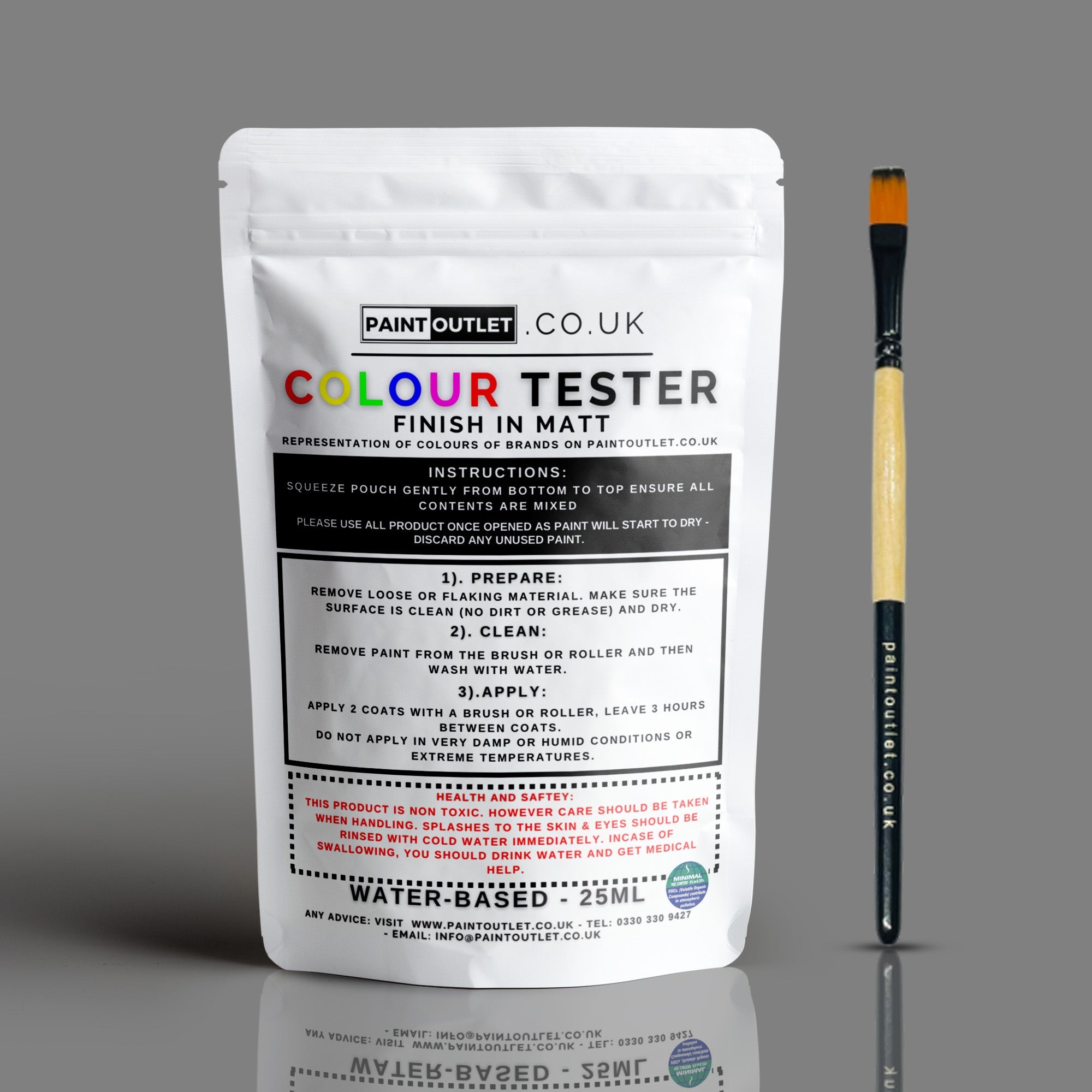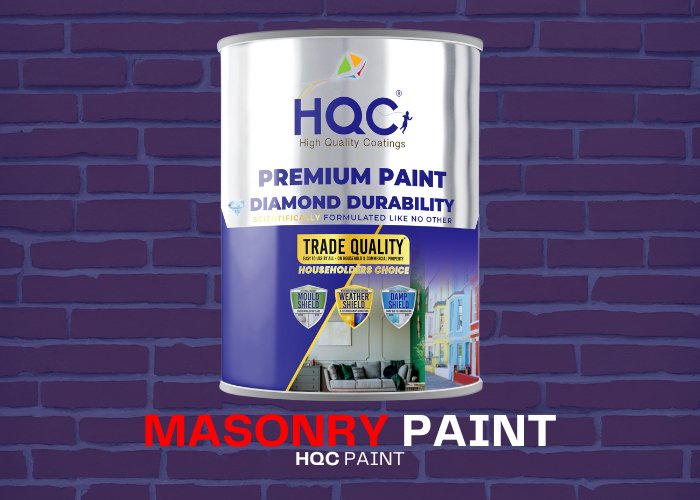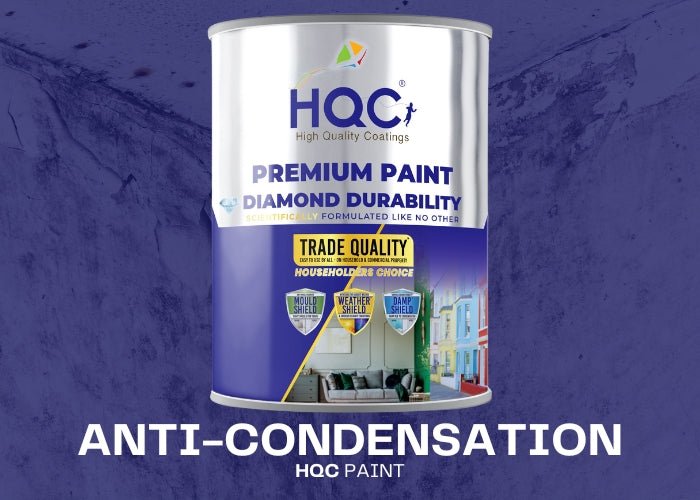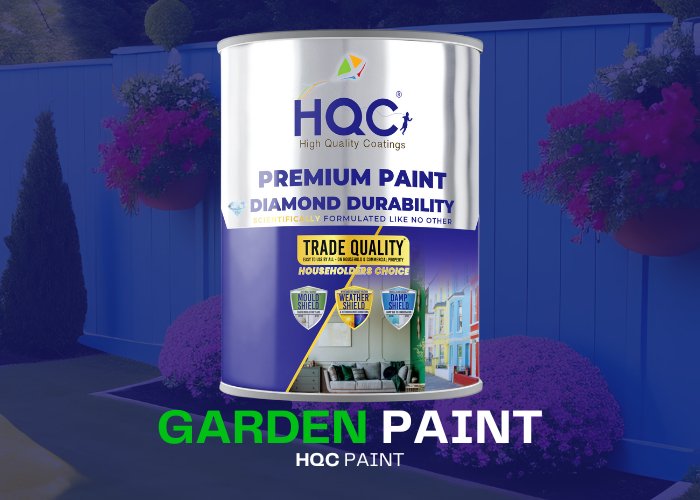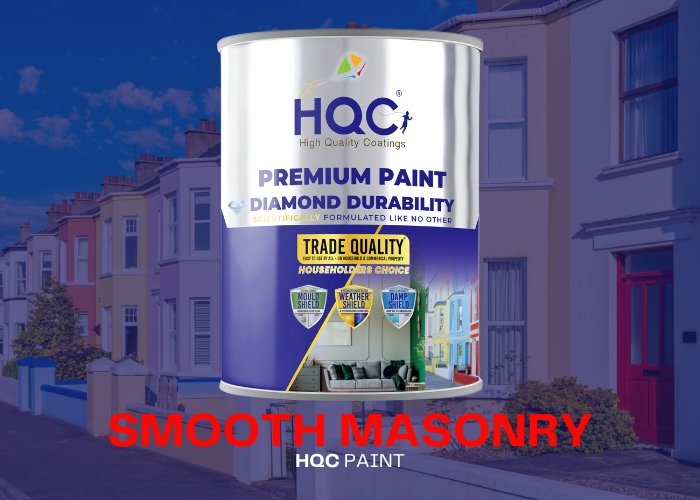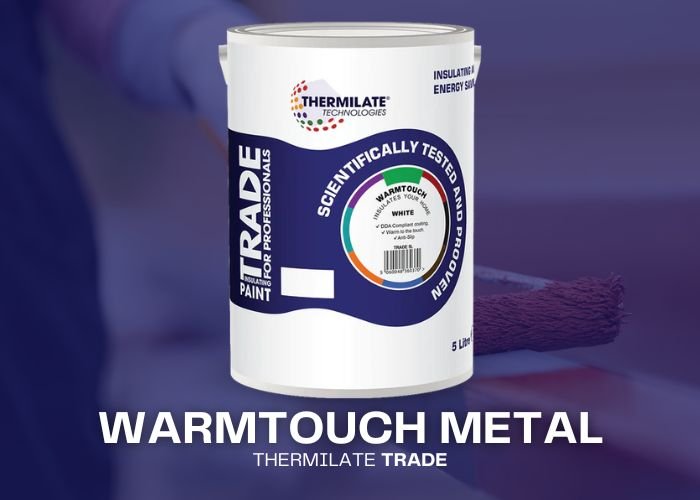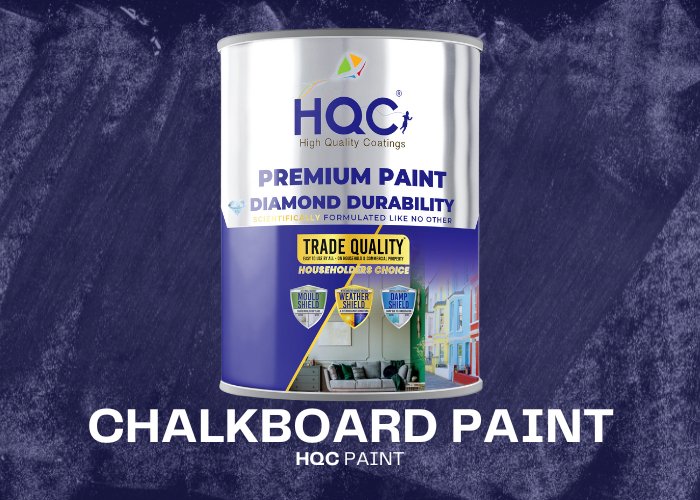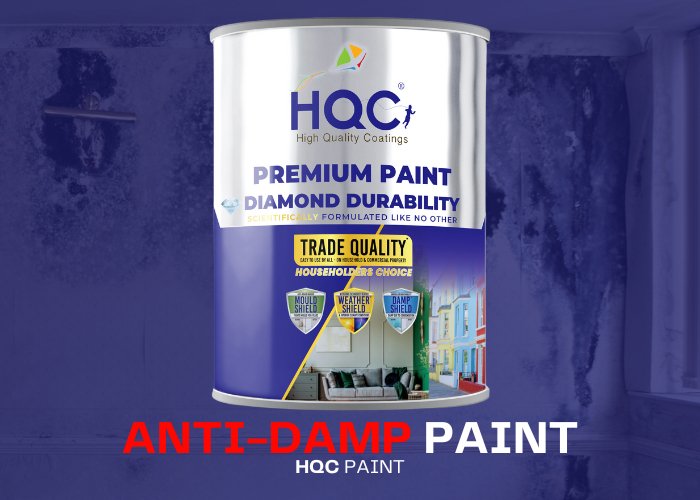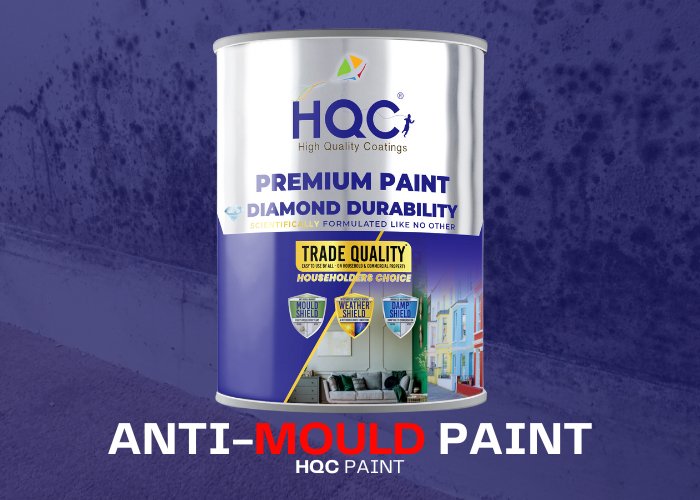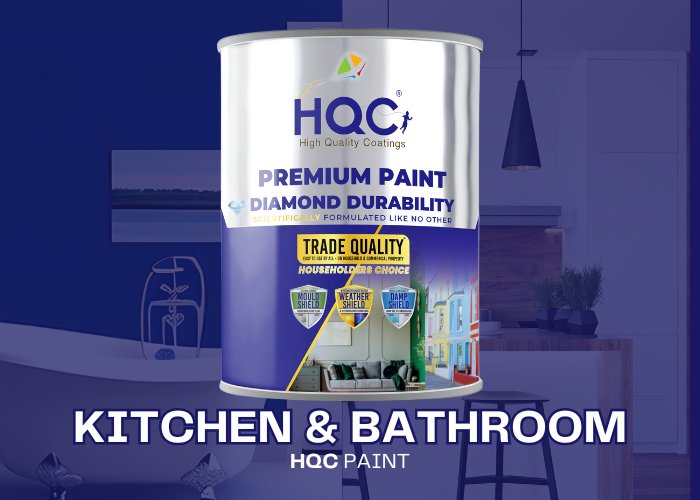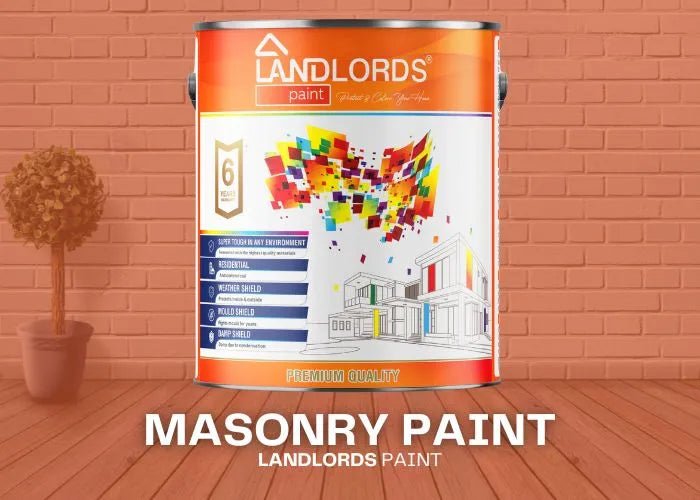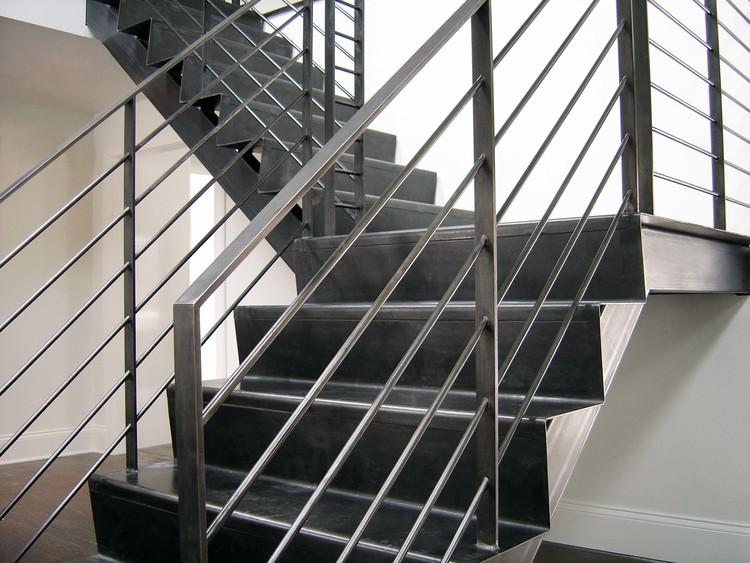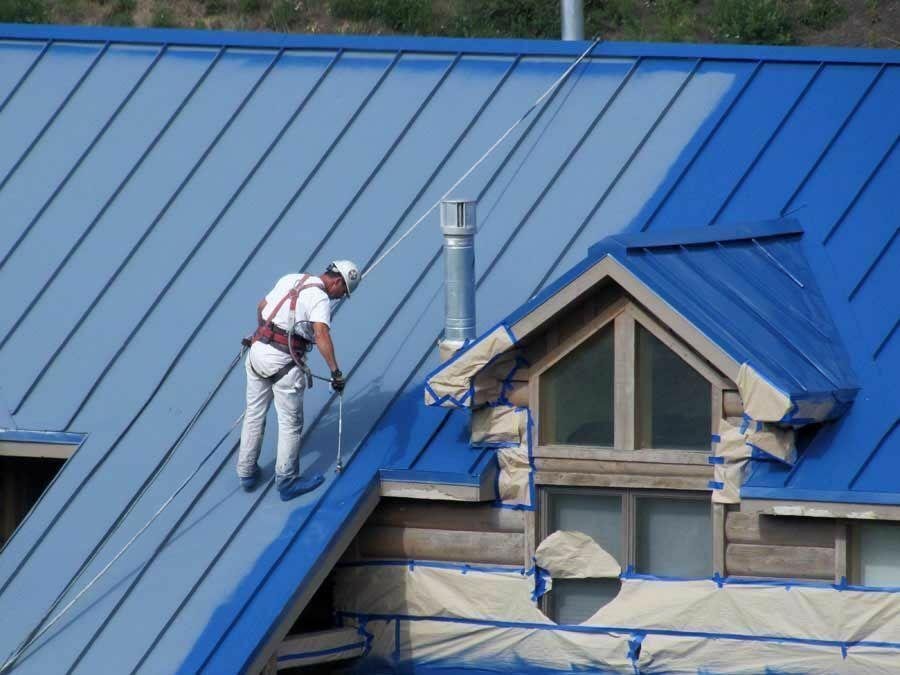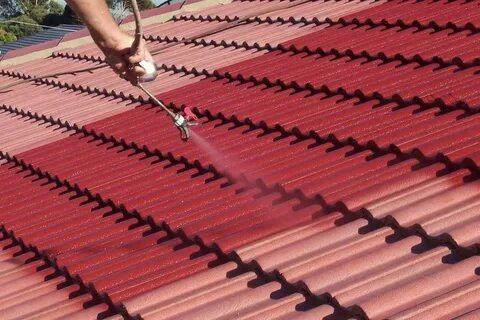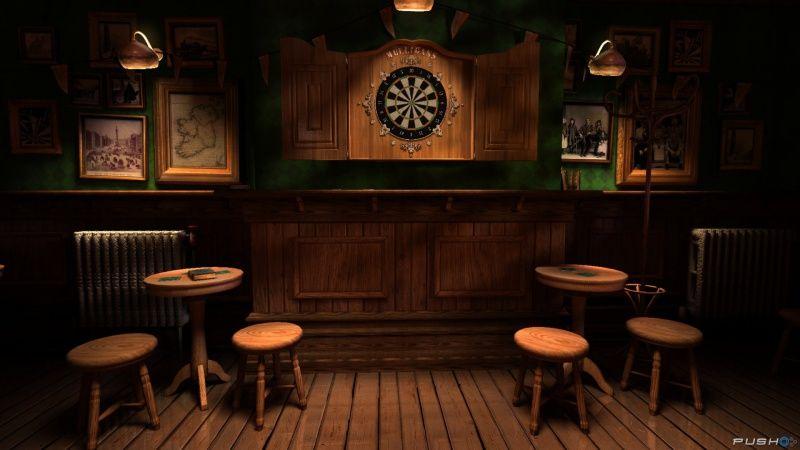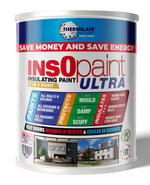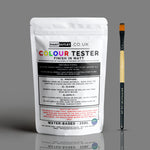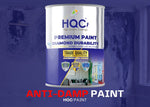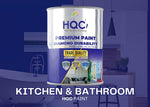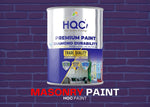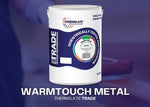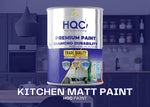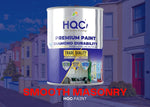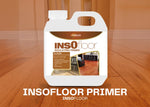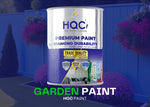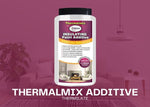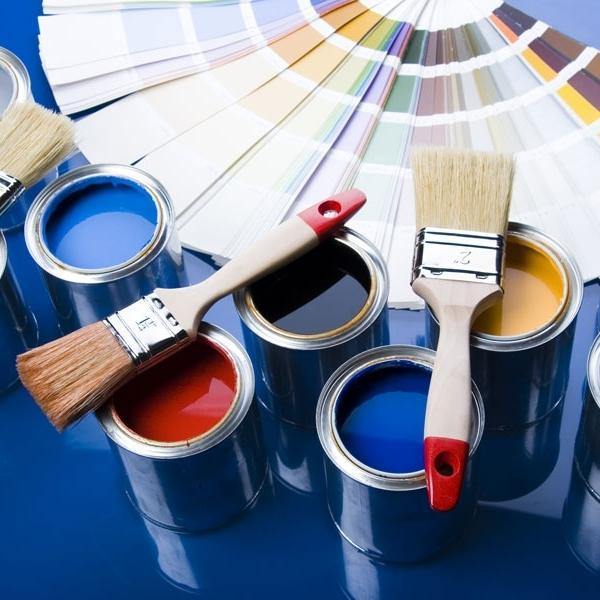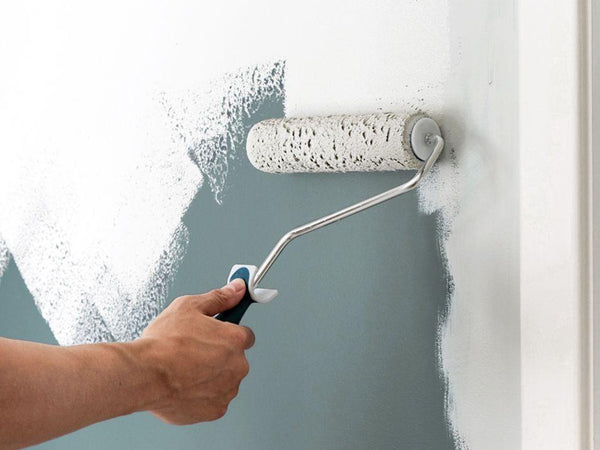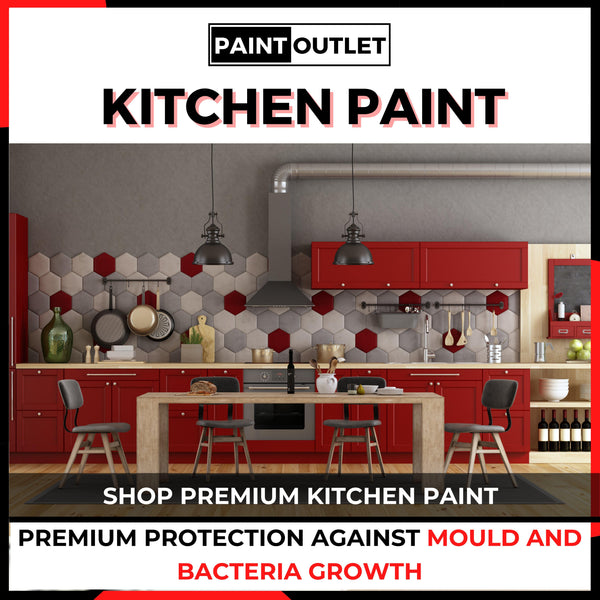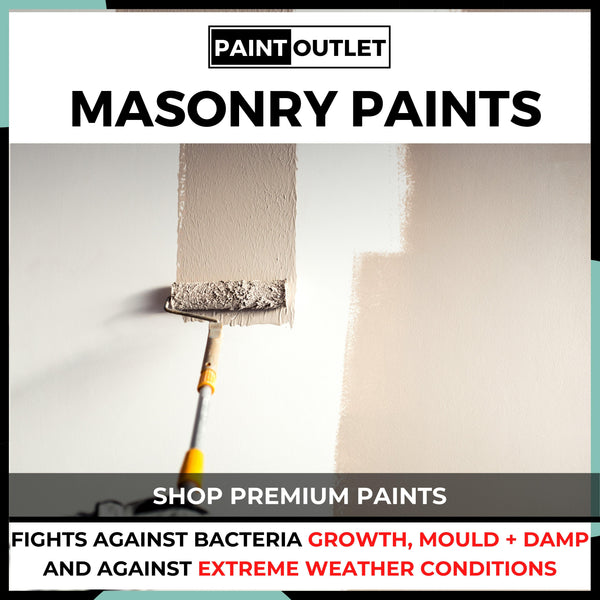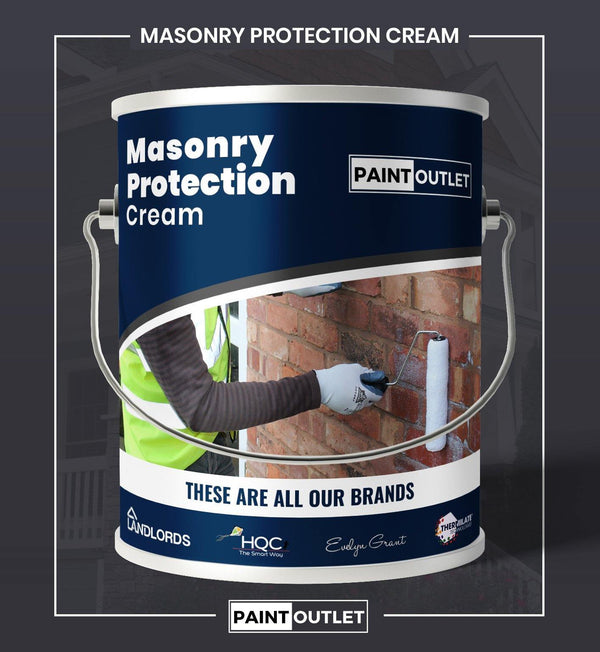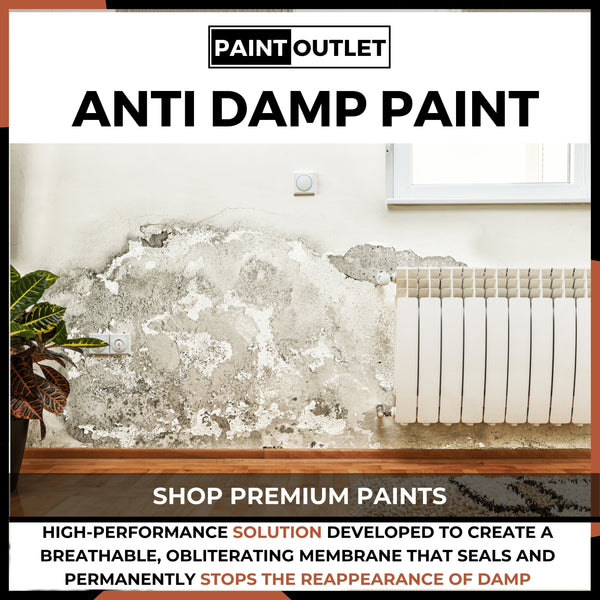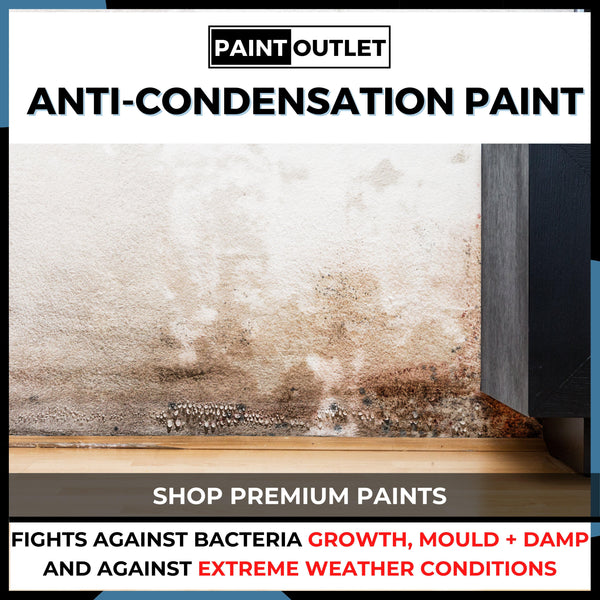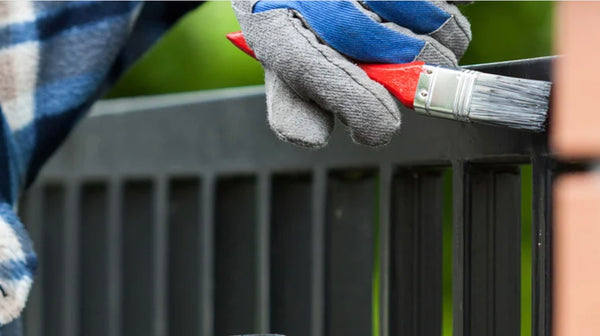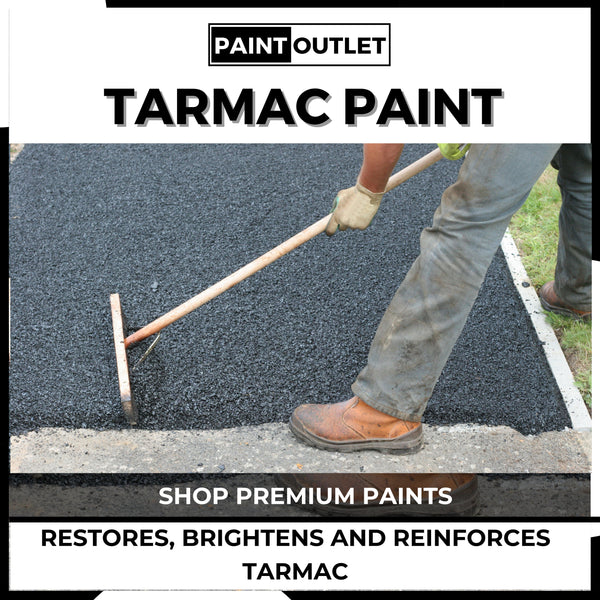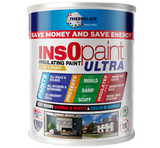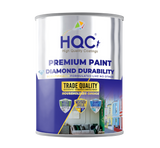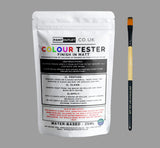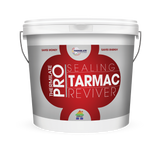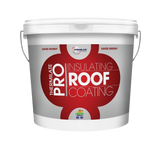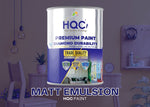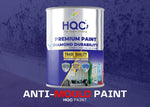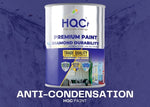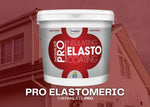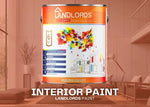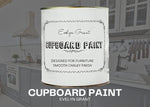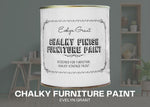Introduction
Painting your radiator not only refreshes its appearance but also protects it from rust and wear over time. However, radiators require special care when painting due to their exposure to heat and moisture. Using the right products and following the proper preparation steps will ensure a durable, smooth finish that withstands the heat. Thermilate Trade WarmTouch Paint and HQC Gloss Touch Up are excellent options for radiators, providing insulation and ensuring the surface remains warm to the touch without retaining excessive heat.
In this guide, we’ll show you how to properly paint your radiator for a fresh, professional look.
Step 1: Gather Your Materials
Before you start painting your radiator, ensure you have the following materials:
- Trade WarmTouch Paint: Provides insulation and protection for metal surfaces.
- HQC Gloss Touch Up: For a glossy finish and easy touch-ups.
- Thermilate Trade WarmTouch Universal Primer: Essential for priming metal radiators.
- Sandpaper: For smoothing the surface.
- Screwdriver: To remove radiator covers or valves if necessary.
- Paintbrushes or small rollers: Use for applying paint evenly to the radiator.
- Drop cloths or tarps: To protect floors and walls from drips or splatters.
Step 2: Turn Off the Radiator and Let It Cool
Before starting, ensure that the radiator is completely turned off and cool to the touch:
- Turn Off the Radiator: Shut off the radiator from the main control and let it cool down completely. Never paint a warm radiator, as this can affect the drying process and paint adhesion.
Step 3: Prepare the Radiator Surface
Proper surface preparation ensures the paint adheres smoothly and lasts for years:
- Clean the Radiator: Use a damp cloth to clean the radiator, removing any dust, dirt, or grease. For more stubborn dirt, use a mild cleaner and make sure the surface is fully dry before proceeding.
- Sand the Surface: Lightly sand the entire surface of the radiator using fine-grit sandpaper. This will smooth out any rough spots and help the primer and paint adhere better.
- Remove Rust and Flaking Paint: If there is any rust or peeling paint, use sandpaper or a scraper to remove it, ensuring the surface is smooth and ready for painting.
Step 4: Apply the Primer
Priming is crucial to protect the metal and provide a smooth base for the topcoat:
- Apply the Primer: Use Thermilate Trade WarmTouch Universal Primer to prime the radiator. This primer provides rust protection and helps the paint adhere more effectively.
- Allow the Primer to Dry: Let the primer dry according to the product’s instructions (typically 4-6 hours) before moving on to the next step.
Step 5: Start Painting the Radiator
Once the primer has dried, you're ready to start painting:
- Stir the Paint: Make sure to stir the Trade WarmTouch Paint thoroughly before application.
- Apply the First Coat: Use a paintbrush or small roller to apply an even coat of Trade WarmTouch Paint. Start with the edges and hard-to-reach areas, and then move on to the larger, flat sections.
- Let the First Coat Dry: Allow the first coat to dry for at least 4-6 hours before applying the second coat.
- Apply a Second Coat: For a smooth, durable finish, apply a second coat of Trade WarmTouch Paint. This will ensure complete coverage and add extra protection to the radiator.
Step 6: Inspect and Reassemble the Radiator
Once the paint has dried, inspect the radiator and reassemble any removed parts:
- Inspect for Missed Spots: Check the radiator for any areas that may have been missed or unevenly painted. Use HQC Gloss Touch Up to cover any small missed spots or areas needing a glossy finish.
- Reassemble: If you removed any covers or valves before painting, carefully reassemble them once the paint has fully dried.
- Turn the Radiator Back On: After the paint has completely cured (typically 24-48 hours), you can turn the radiator back on and enjoy your newly refreshed look.
Benefits of Using Warmtouch Paint
- Heat Insulation: Trade WarmTouch Paint contains Thermilate additives that help insulate the radiator, making it warm to the touch without overheating. This ensures efficient heating while keeping the surface safe.
- Durability: The paint provides strong protection against rust, moisture, and the wear caused by heat, making it perfect for radiators and other metal surfaces.
- Comfort: Warmtouch Paint helps prevent excessive heat retention, ensuring that the radiator stays comfortable to the touch even when in use.
Recommended Products
For painting radiators, we recommend the following products from PaintOutlet.co.uk:
- Trade WarmTouch Paint: Provides insulation and durability for radiators.
- HQC Gloss Touch Up: Perfect for glossy finishes and touch-ups.
- Thermilate Trade WarmTouch Universal Primer: Protects metal surfaces from rust and ensures better adhesion for the topcoat.
FAQ Section
Q: Do I need to prime my radiator before painting?
A: Yes, priming your radiator with Thermilate Trade WarmTouch Universal Primer is essential to protect the metal from rust and to ensure the paint adheres properly for a long-lasting finish.
Q: Can I paint my radiator while it's warm?
A: No, you should always turn off the radiator and let it cool completely before painting. Painting a warm radiator can affect the paint's drying process and cause adhesion issues.
Q: How long does Warmtouch Paint take to dry?
A: Trade WarmTouch Paint typically takes 4-6 hours to dry between coats, and the radiator should be fully cured before turning it back on, which can take 24-48 hours.
Conclusion
Painting your radiator with Trade WarmTouch Paint and HQC Gloss Touch Up is an excellent way to refresh its appearance while adding protective insulation. By following this guide and using high-quality products from PaintOutlet.co.uk, you can achieve a smooth, durable finish that withstands heat and provides comfort.
Shopping with PaintOutlet helps you save paint waste, money, and time while using the highest quality paints and products made in-house. We are on a mission to reduce carbon emissions and prioritise environmental sustainability over profit.


















